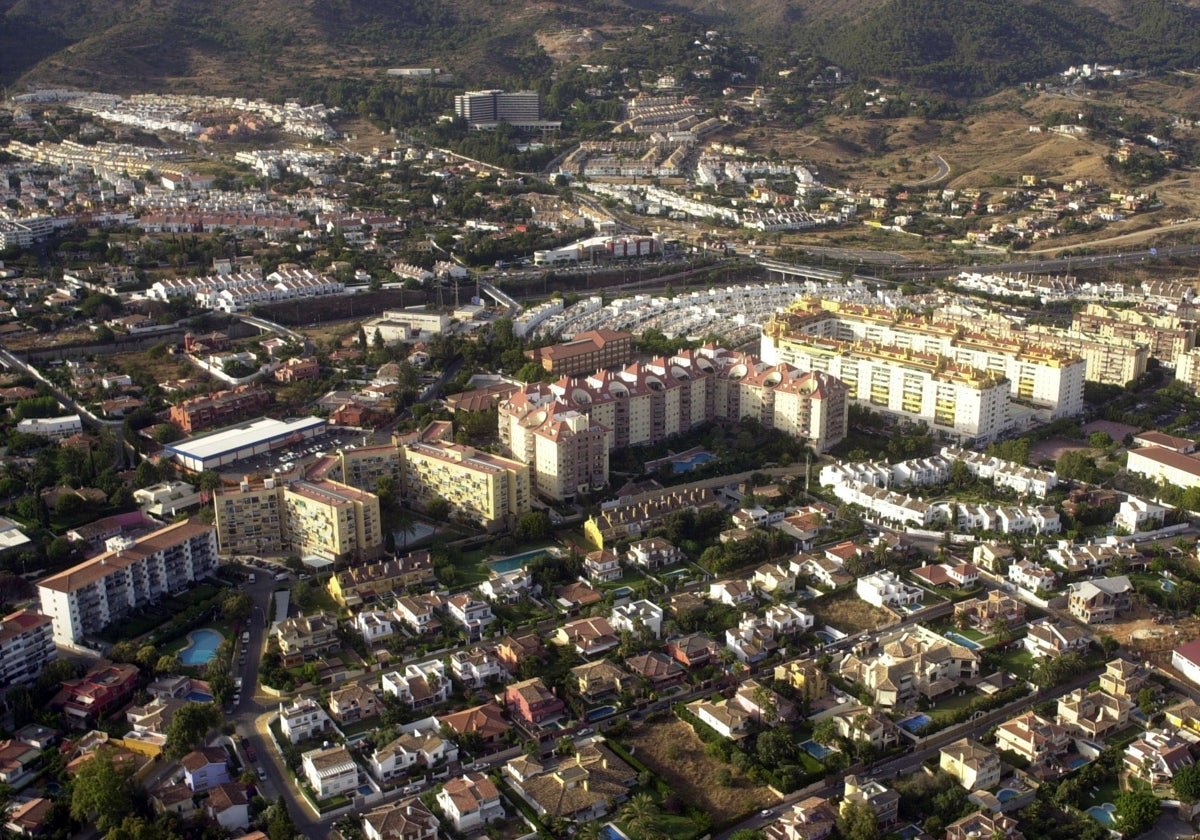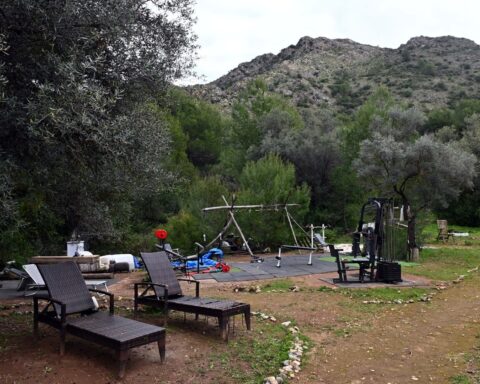Marbella’s Population Surges by Over 20,000 in a Decade
The population of Marbella, a municipality in the Costa del Sol, has seen a significant increase of more than 20,000 people in the last ten years, as per the most recent official data. The total number of inhabitants now stands at 159,000, making Marbella the seventh most populated locality in the Andalucía region, as reported by Spain’s national statistics institute (INE). The data is based on the official padrón (or census) conducted on 1 January this year.
Andalucía’s Most Populated Cities
Seville tops the list of most populated cities in Andalucía with 687,488 residents, followed by Malaga (591,637), Cordoba (322,811), Granada (232,717), Jerez de la Frontera (213,688), and Almeria (202,675). The INE data reveals an increase of 2,705 residents in Malaga compared to the previous year. However, Marbella town hall’s latest update indicates a more substantial increase of approximately 165,000 residents.
Marbella’s Population Growth Over the Years
In 2014, Marbella had 138,679 registered residents. A decade later, the number has risen to 159,000, indicating that Marbella’s population has grown almost as much as the entire population of Nerja in the past ten years. While this growth has had a positive impact on the economy, public administrations are expressing concerns about the lack of infrastructure development, which is not keeping pace with the population increase.
Infrastructure Challenges Amidst Population Growth
The A-7 motorway, for instance, faces daily traffic issues in both Marbella and San Pedro Alcántara due to the population surge.
Marbella: A Multicultural City
Marbella is home to 83,097 women and 75,903 men, representing 153 different nationalities. After Madrid and Barcelona, Marbella has the third highest number of residents from other countries in Spain. The most common countries of origin are Spain, the United Kingdom, Morocco, Ukraine, Colombia, and Russia. Almost 30% of Marbella’s residents are foreigners.
Marbella’s Diverse Population
Marbella’s population includes residents from unique places such as small principalities like Liechtenstein, micro-states like San Marino, Caribbean islands like Trinidad and Tobago or Saint Lucia, lesser-known countries like Tajikistan or Burundi, and even the distant continent of Oceania with residents from Vanuatu. According to the data, 78.4% of the world’s countries are represented among Marbella’s population.







